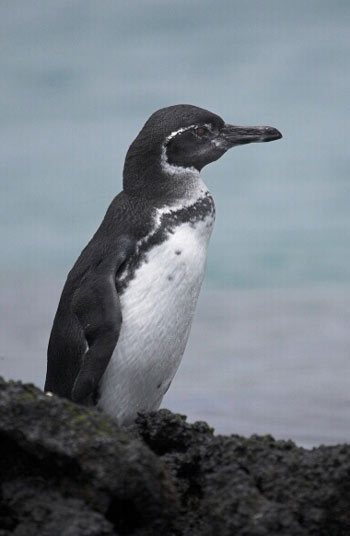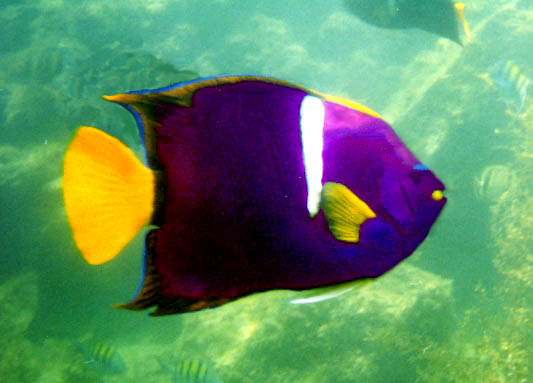

Cruz Island, the most populated island on the archipelago. Only 3% of the land here is set aside for human settlement. The other 97% of the island lands are protected. Some of the islands are not inhabited at all. Santa Cruz has seen a huge population growth in the last 20 years. This has put a strain on the resources available: water, electricity, and money for education and health care. With more people living on the island, you can imagine the increase in trash production. The island, like San Christobal has a recycling center that we will visit tomorrow. Still, not all materials are recyclable, so it does create a problem for the people and the environment.
Another problem the islands face are invasive species, as I have mentioned in earlier entries. This morning we met Felipe Cruz, the Director of Technical Assistance of the Charles Darwin Center who is working to decrease the amount of invasive species. (This center is named after a famous scientist who visited the islands in the 1800s. What Darwin saw helped him to develop his theories about adaptations in animals). The center was created for scientists to study the plants and animals that live in the islands, to educate people about them and to promote conservation (protect them). This morning, Mr. Cruz gave us a talk about the eradication (elimination) of goats on Isabella and Santiago Islands. The goats were introduced by early settlers and their population grew exponentially because they have no predators. They eat all of the vegetation on the islands, leaving nothing for the endemic (native) species to live. One of the most affected species is the giant tortoise. The center also breeds the 13 different kinds of tortoises that live on the islands.
Later we visited an organization called FUNDAR that was created to help the people of the Galapagos live sustainably, meaning living in harmony with the environment (kind of like the Tainos lived). They educate people how to use resources in a way that they can have enough for everyone, for example how to collect rain for drinking and irrigation water, how to grow crops organically (using tortoise poop as fertilizer!), how to compost, and the importance of reforestation. Today I planted a scalesia tree, which is related to the daisy. This species shows more adaptation than Darwin’s finches. Since it arrived in the islands, it has evolved into 16 different species. This means that they can adapt to different climates, elevation, etc. Some can grow to the size of trees! These trees are important for many reasons, including growing shade-grown coffee, which doesn’t require pesticides because the trees attract birds that eat the insects that feed on the plants.
As you know trees are also important for combating climate change because as they grow to maturity, they absorb excess carbon dioxide. I attended a lecture about climate change this evening, and I was reminded about all the things we can do to help combat climate change such as using energy efficient appliances and light bulbs and driving less. Saving energy can also save us money: I learned that LCD and plasma televisions use huge amounts of electricity. I would love to see energy efficient lighting at our new school, as well as reminding people to use these in their homes.I have learned so much on this trip and I have much more to share when I get home. I miss you all!





















